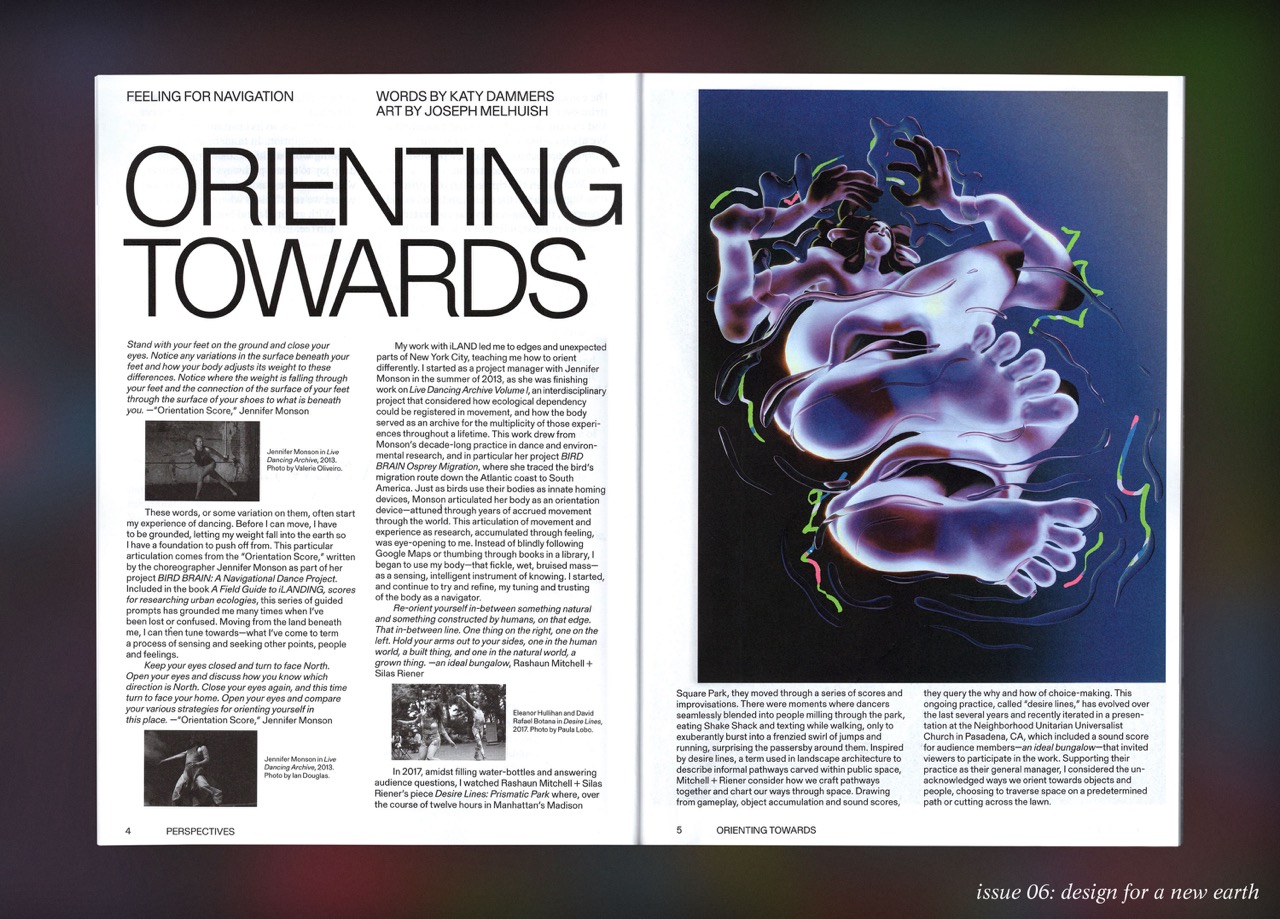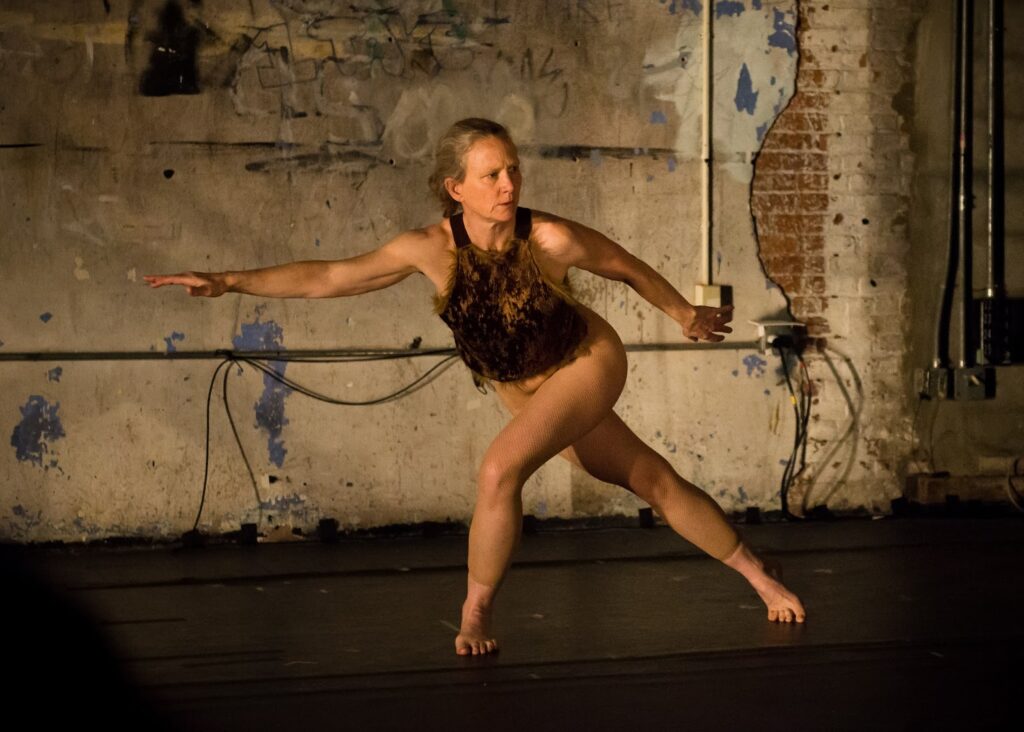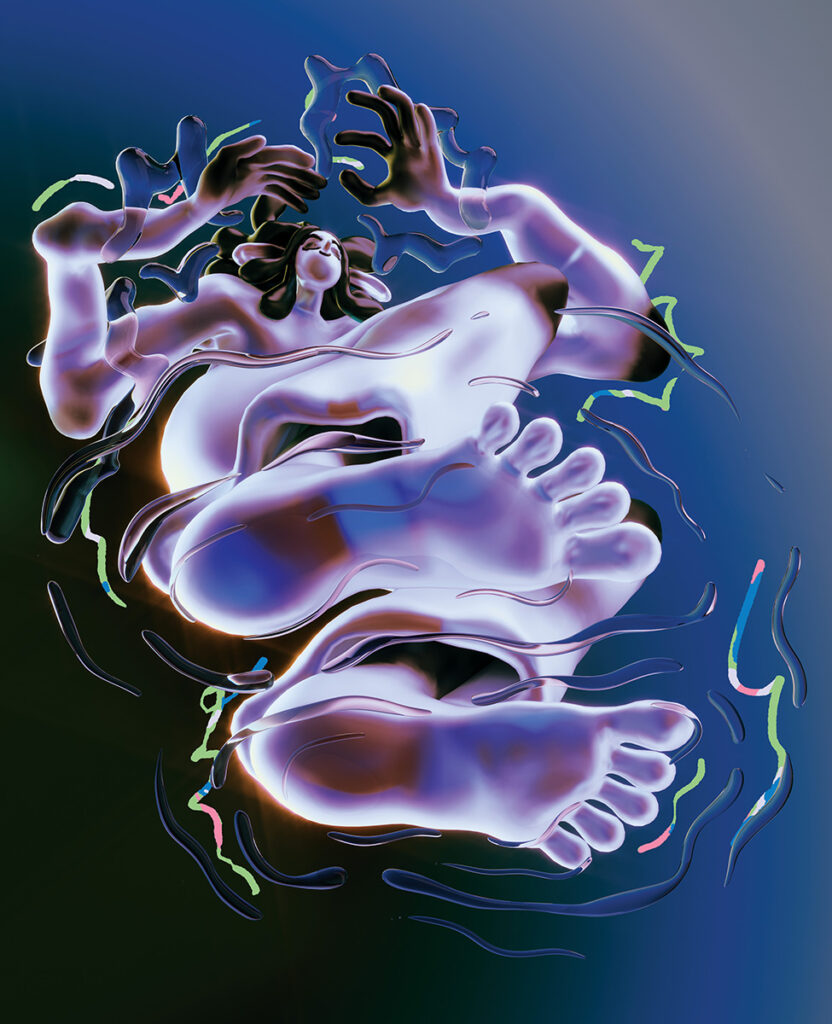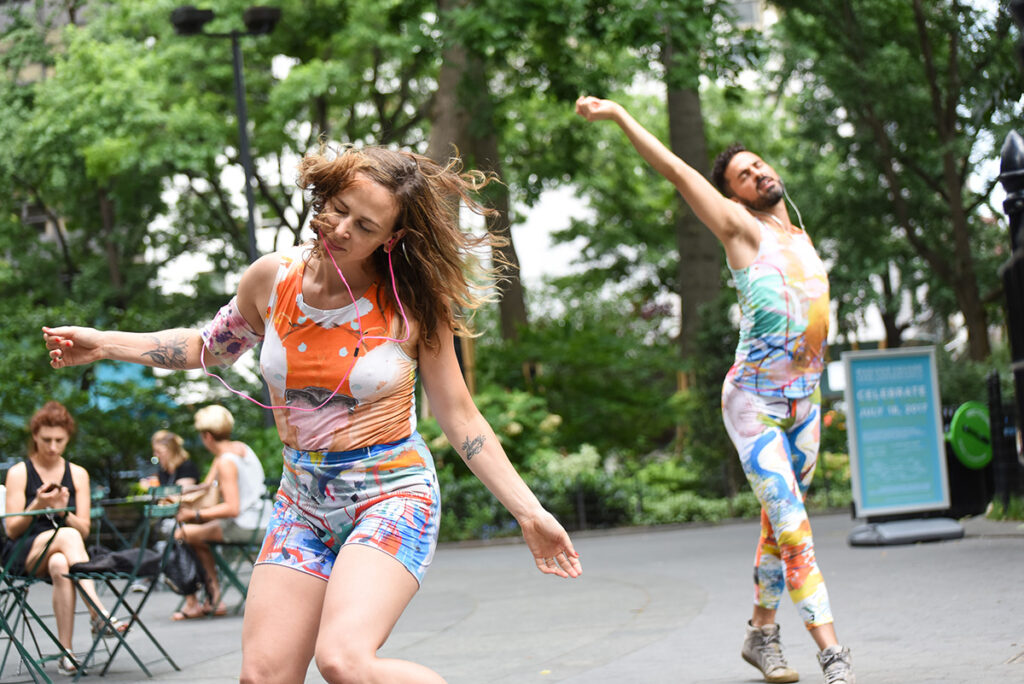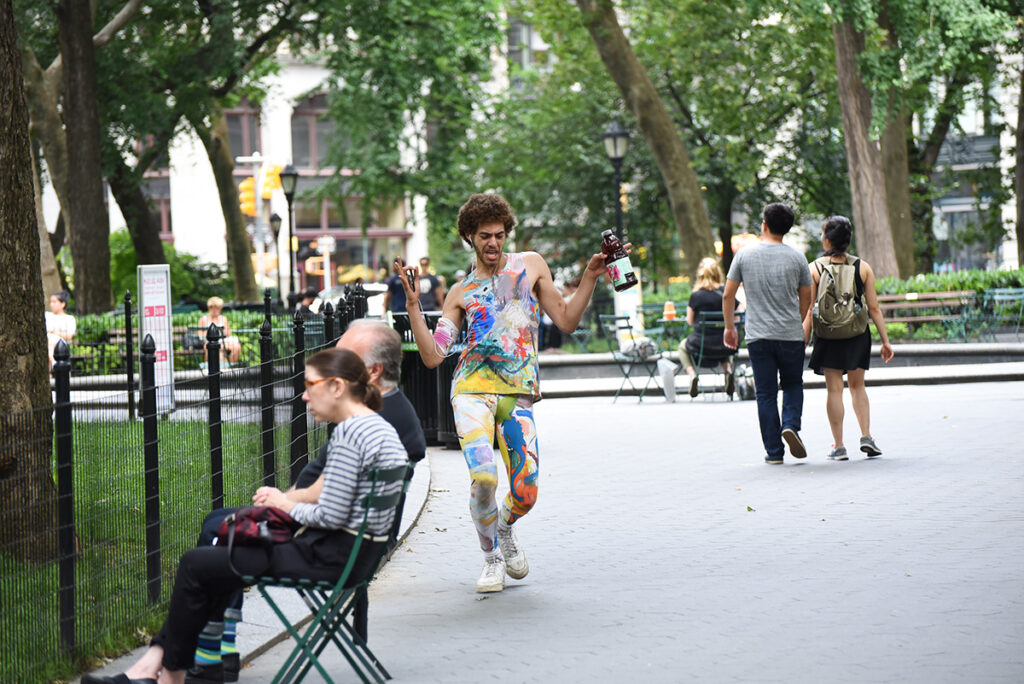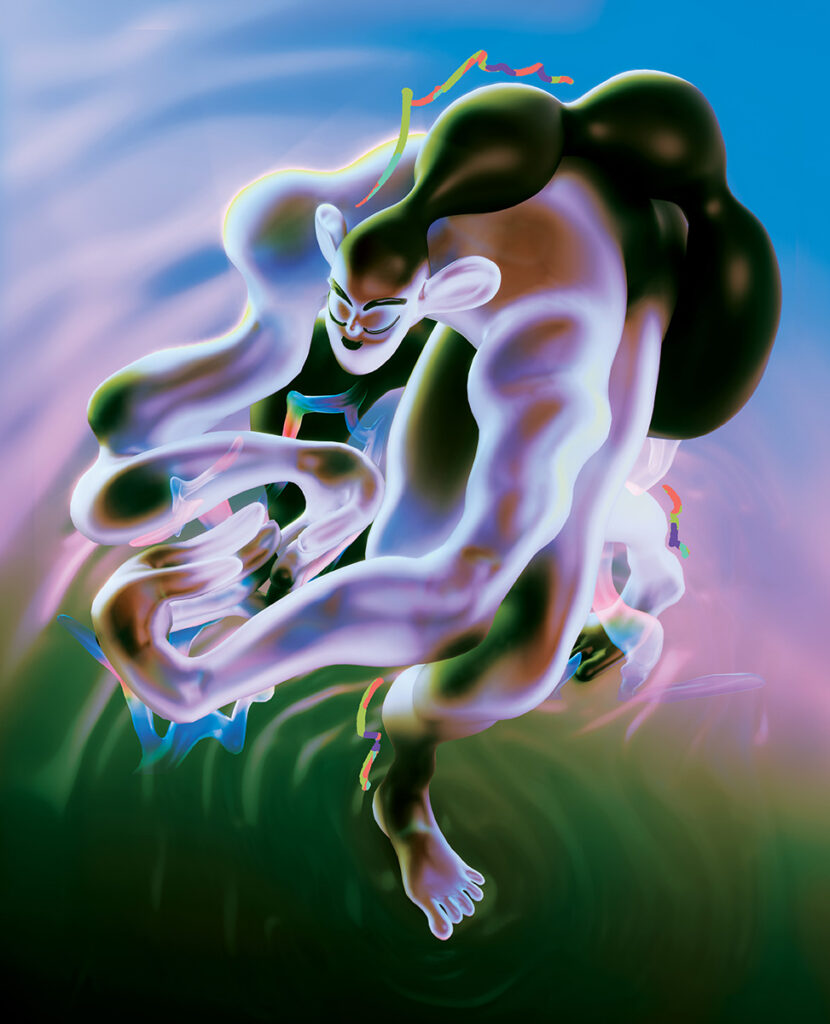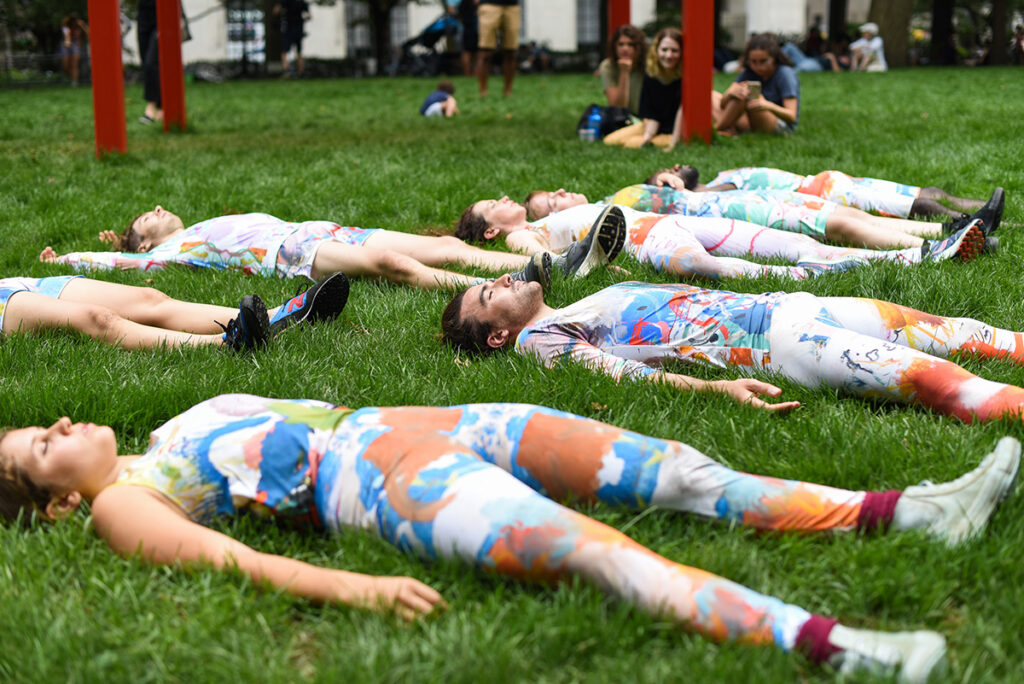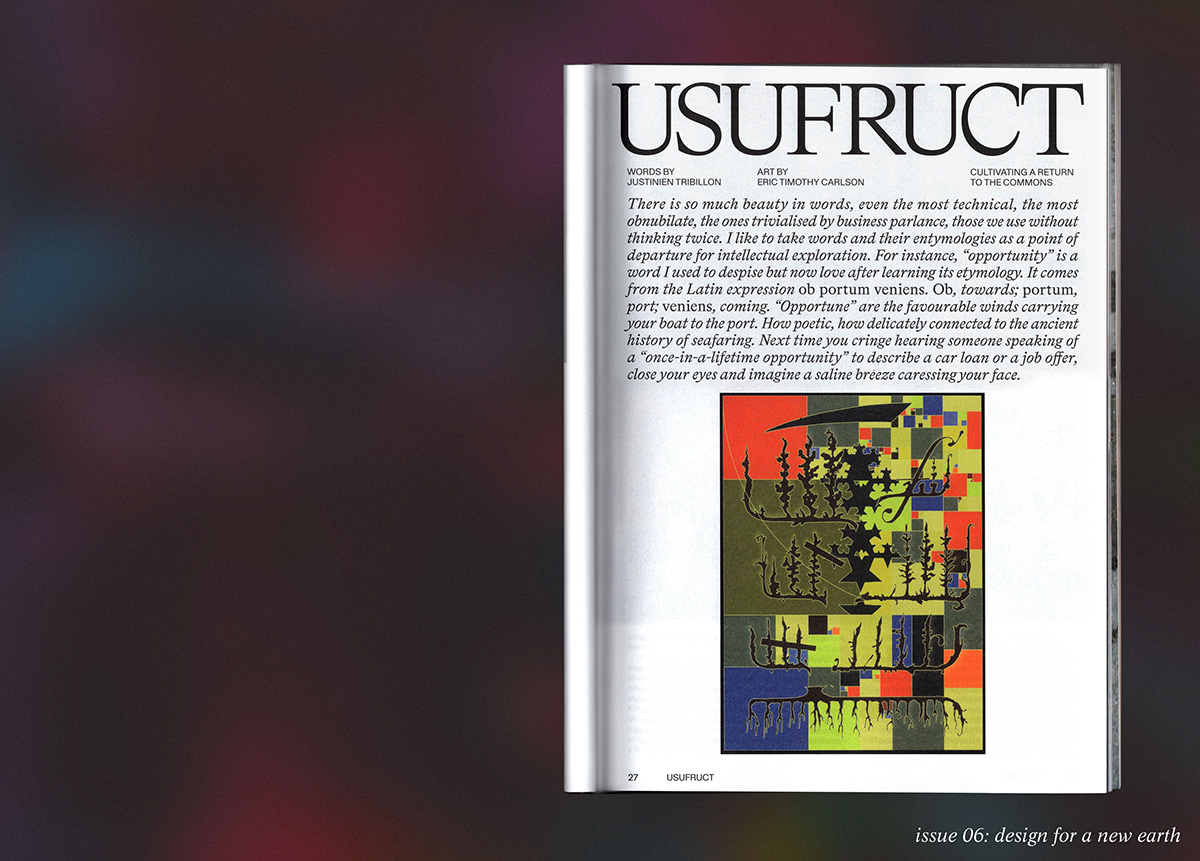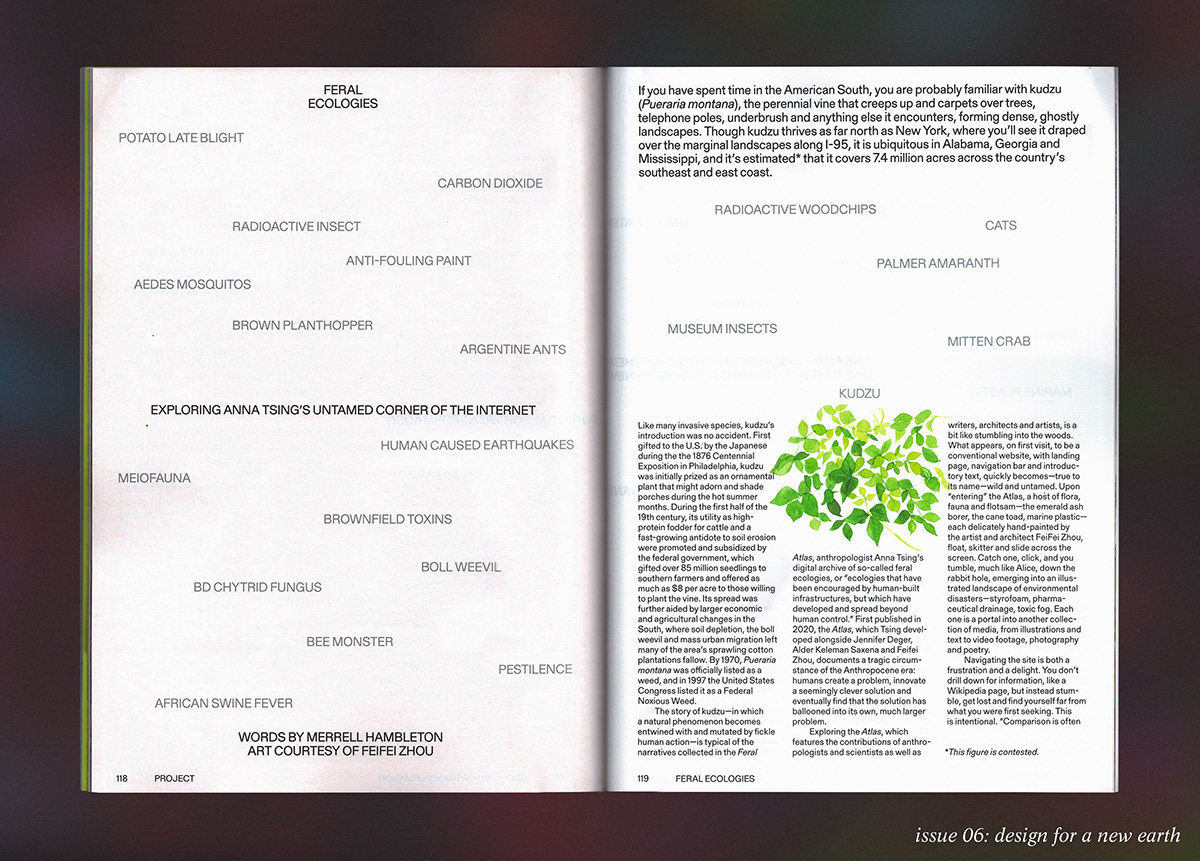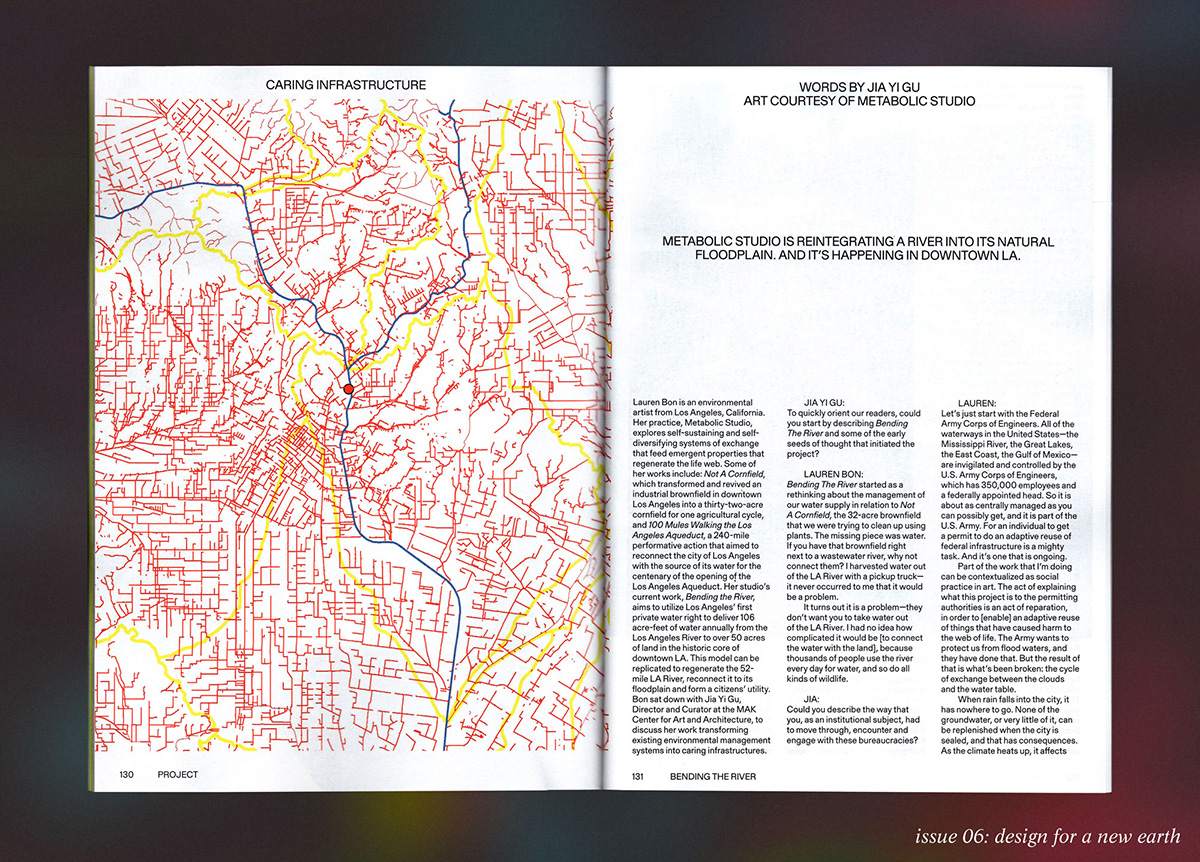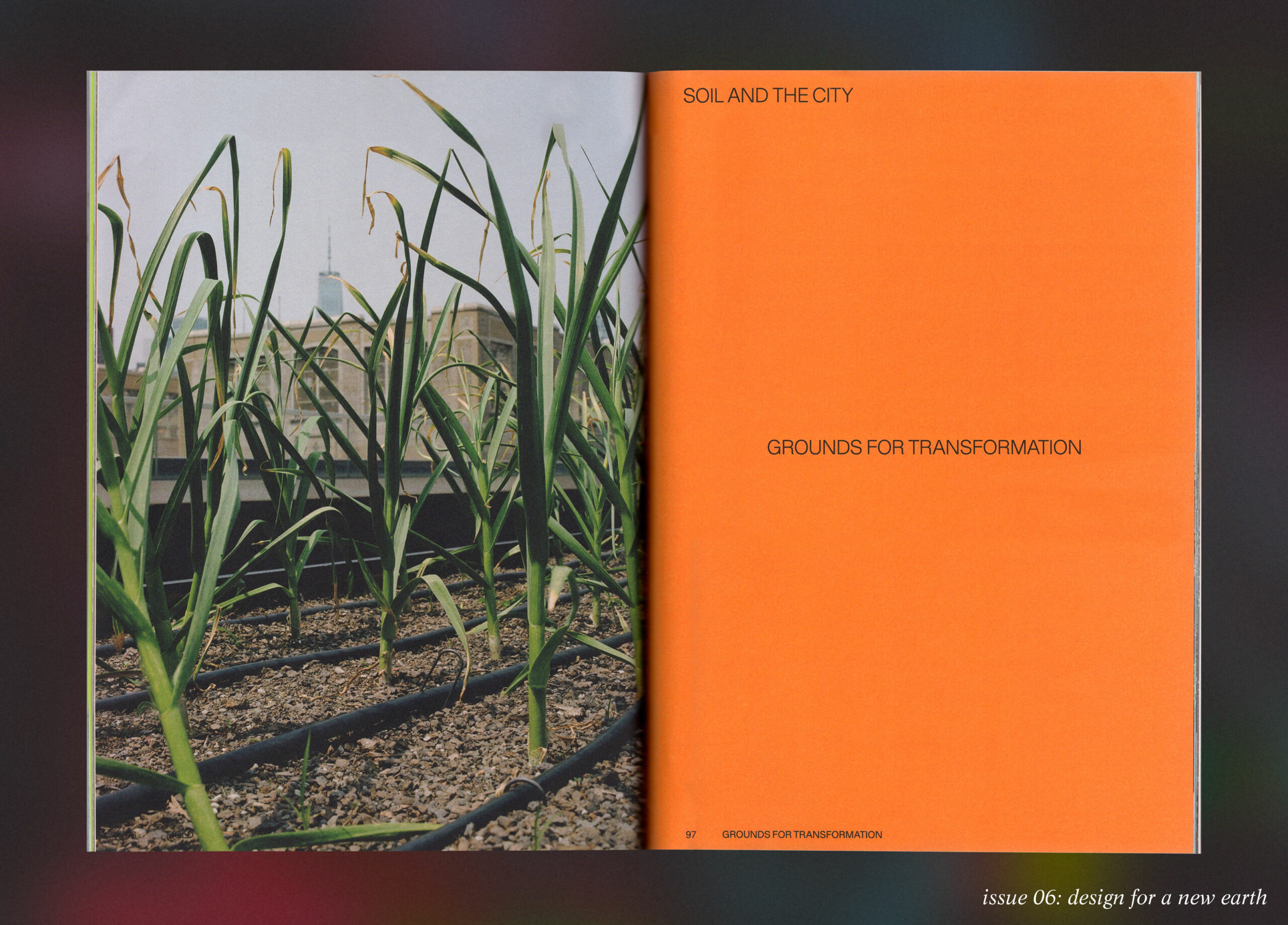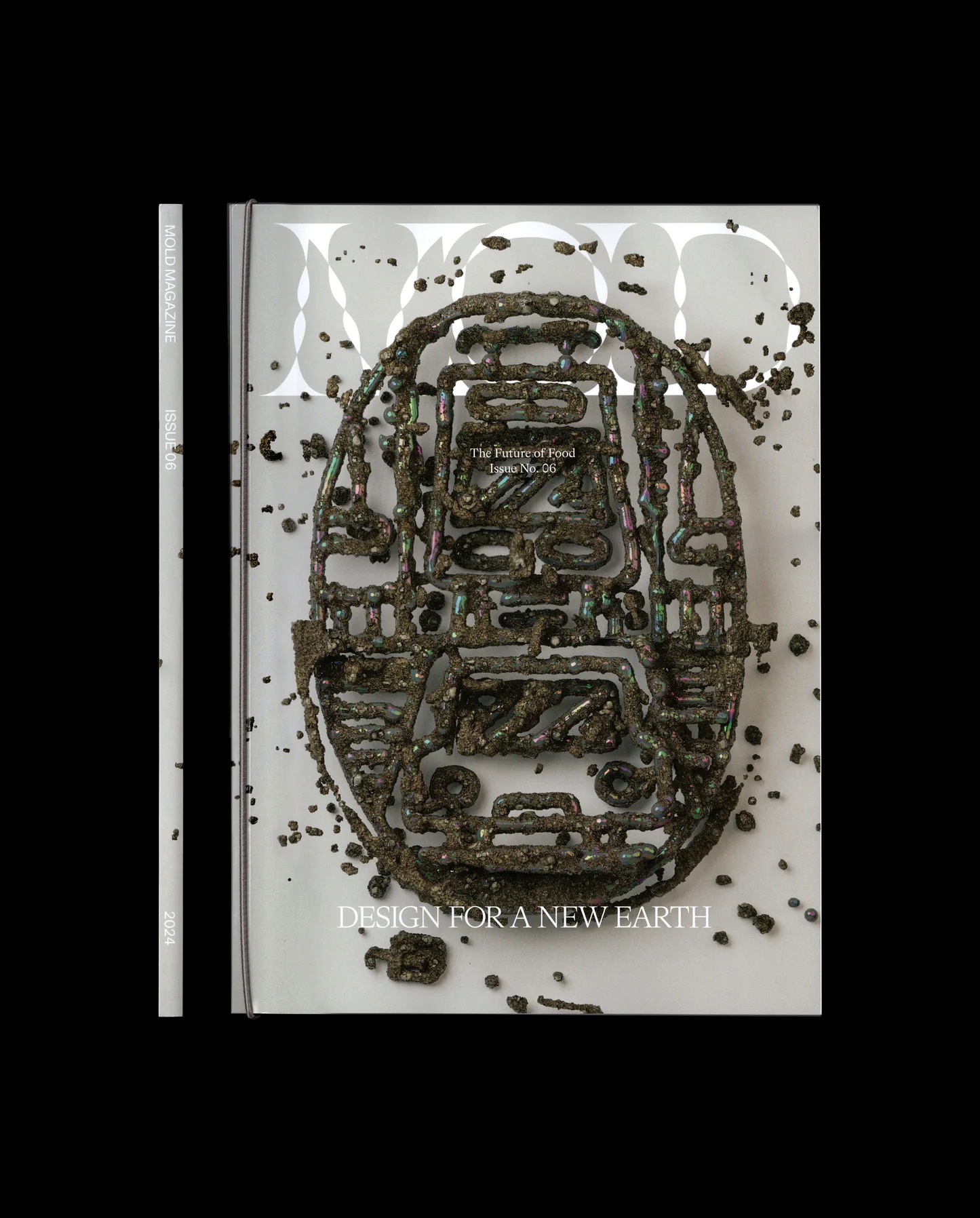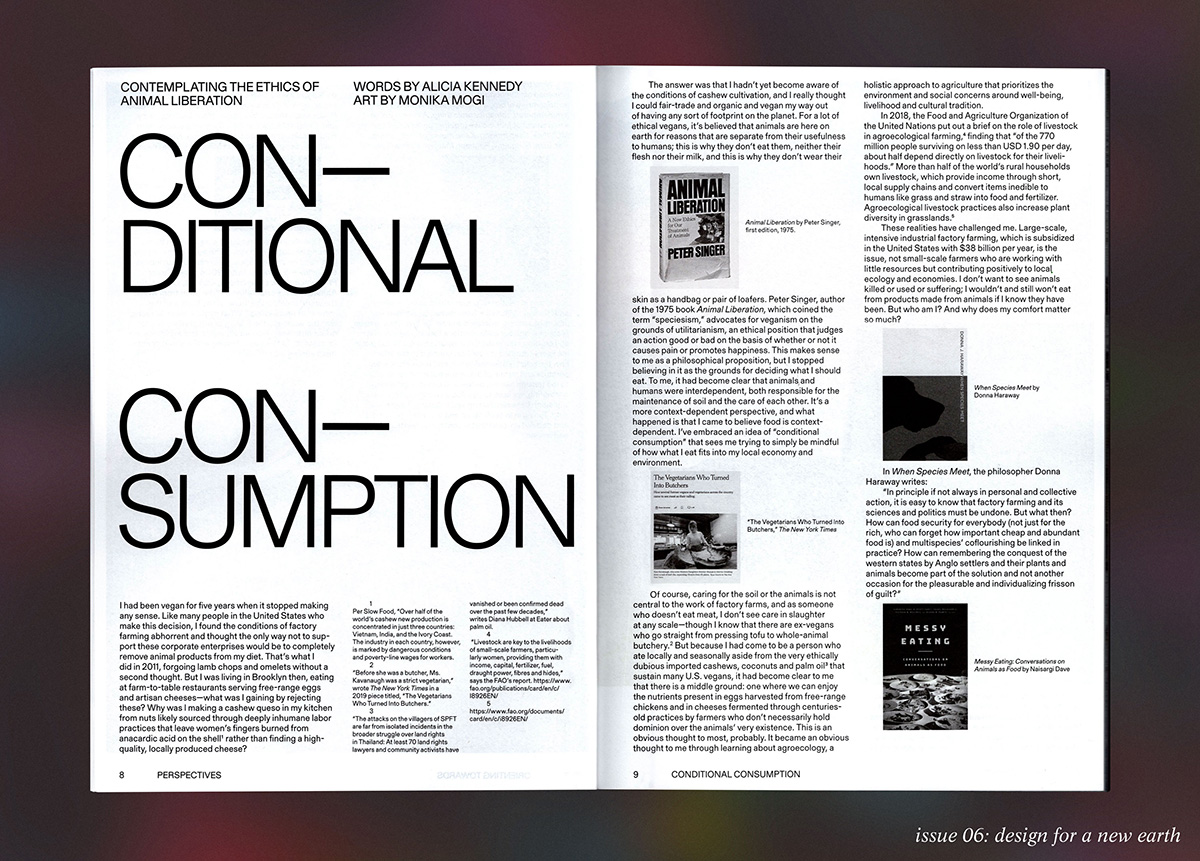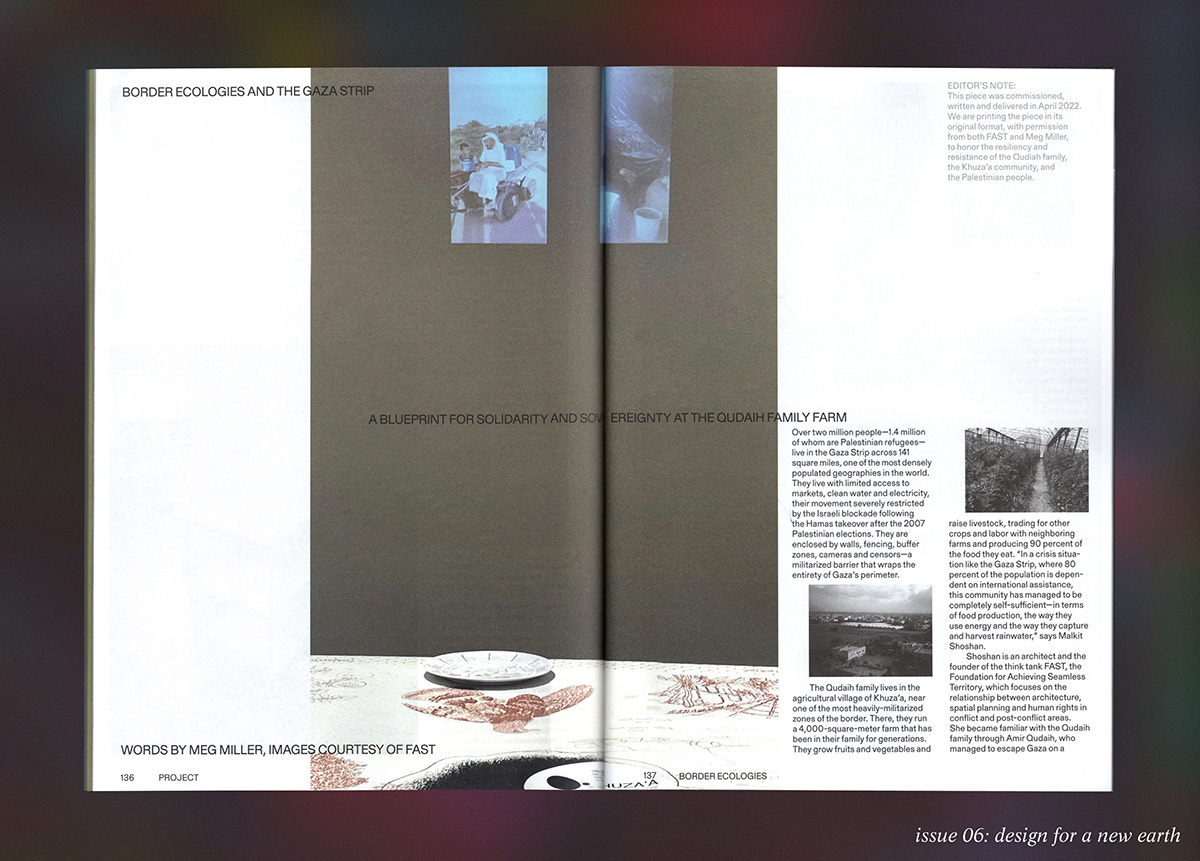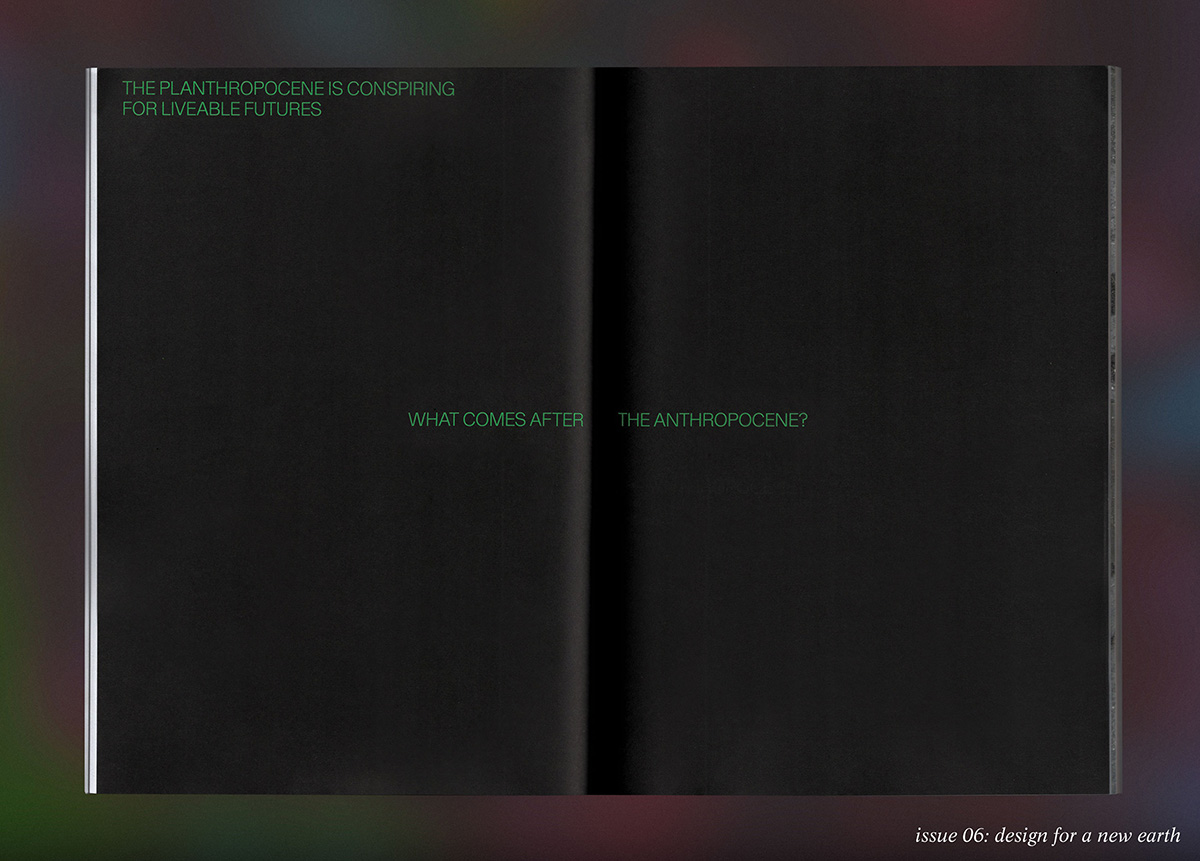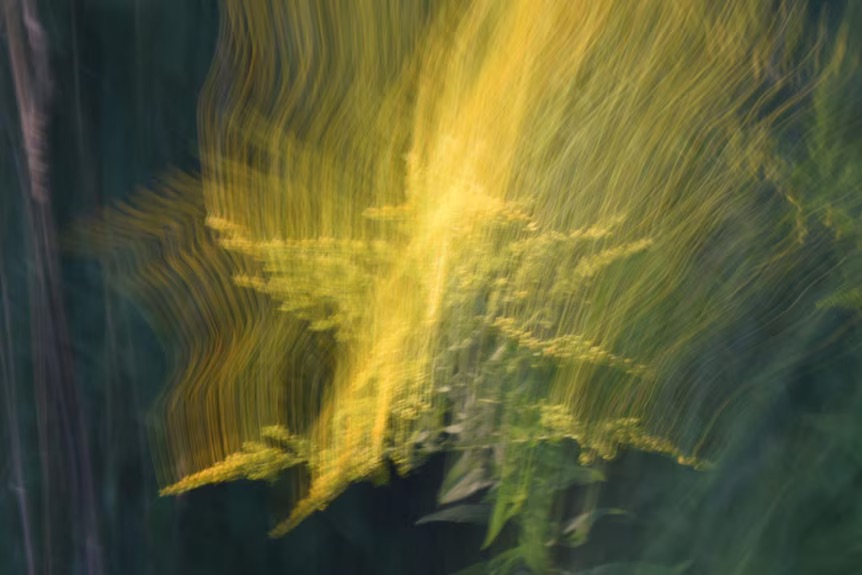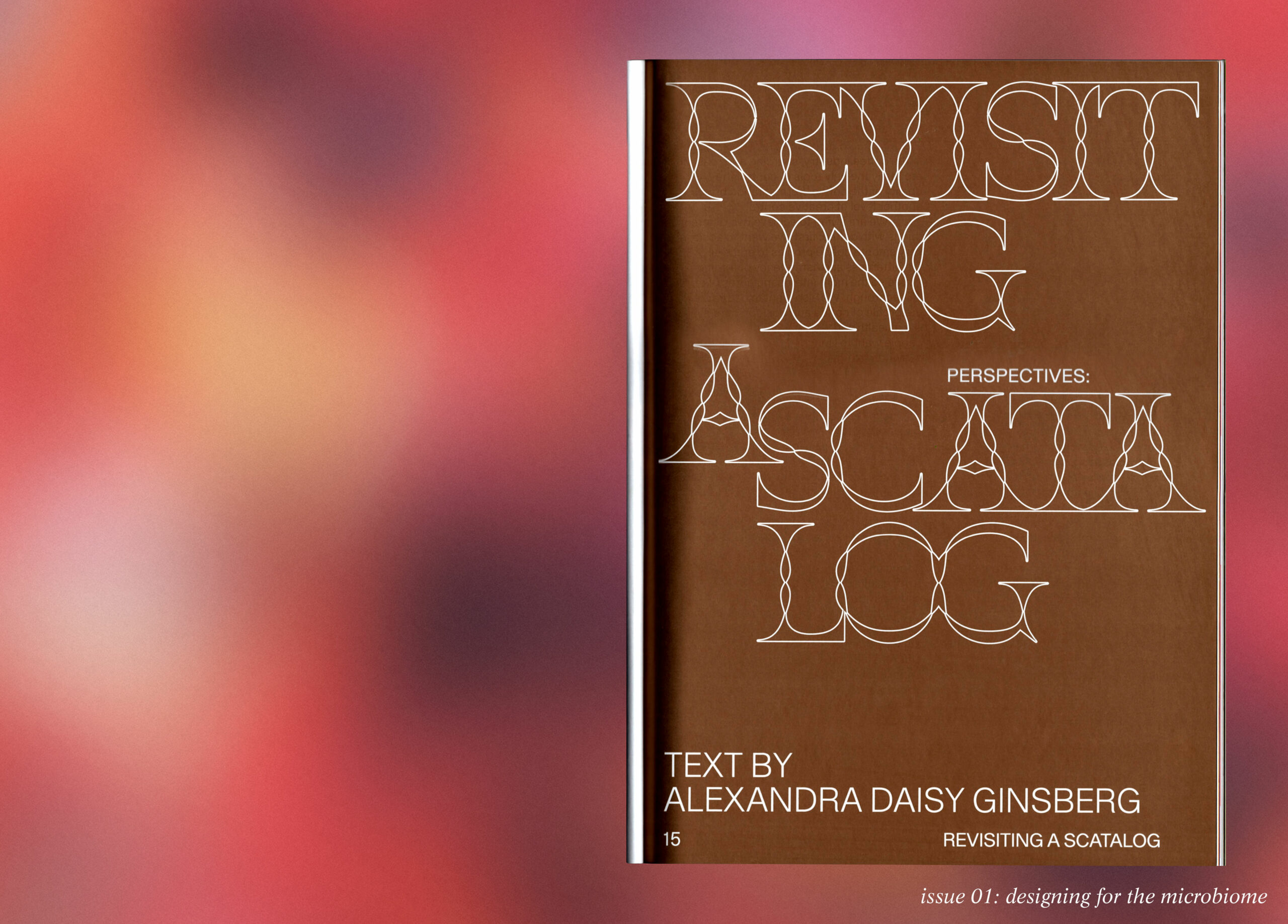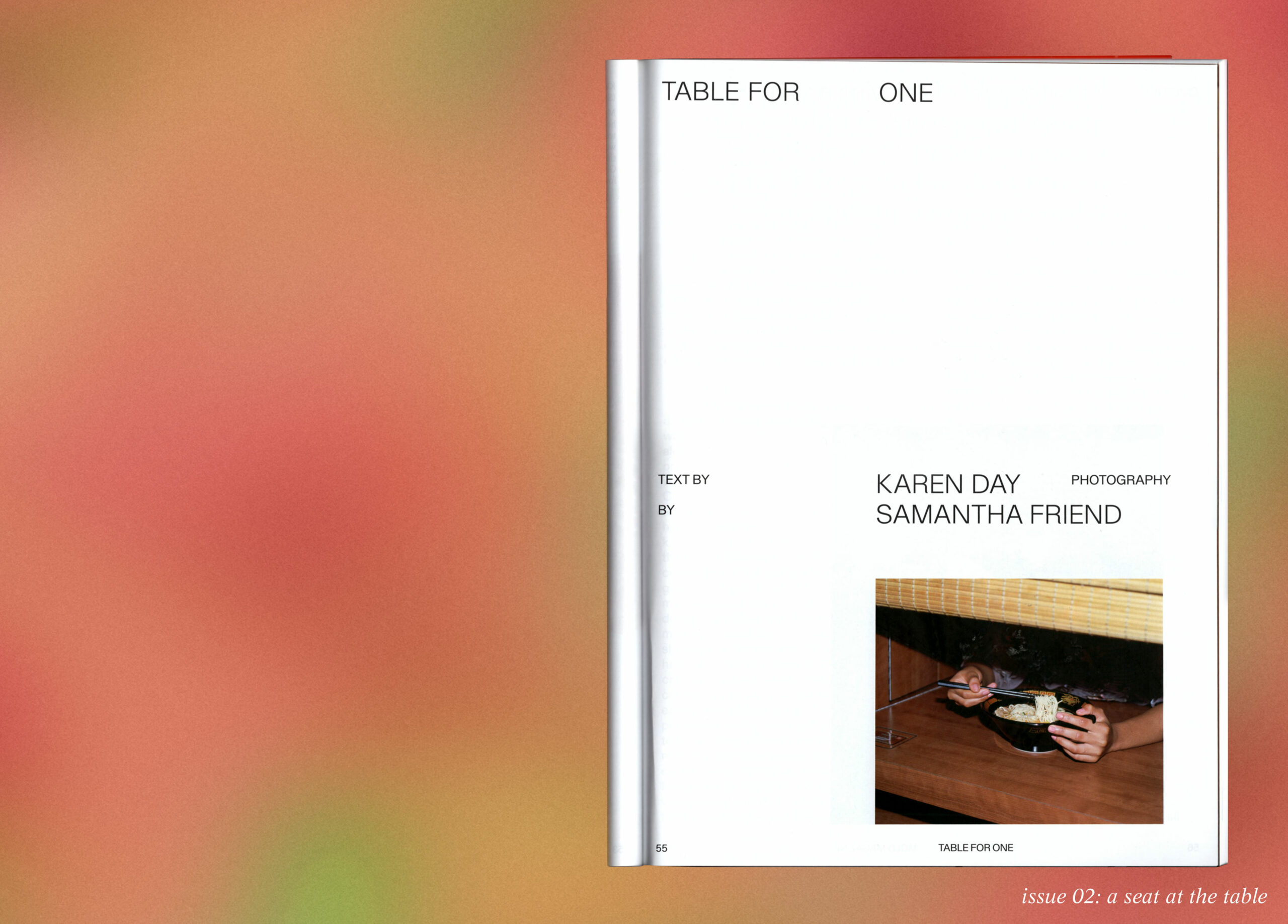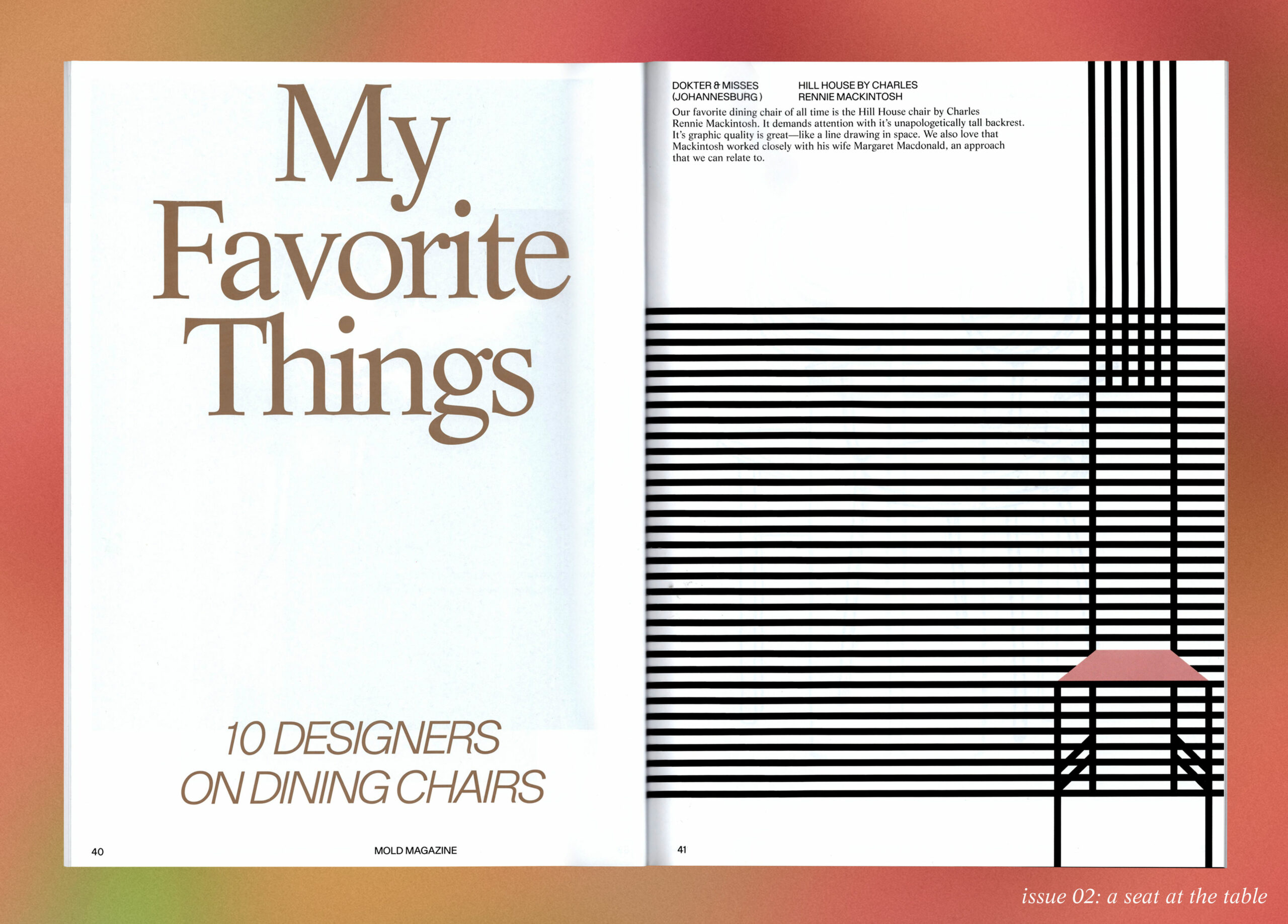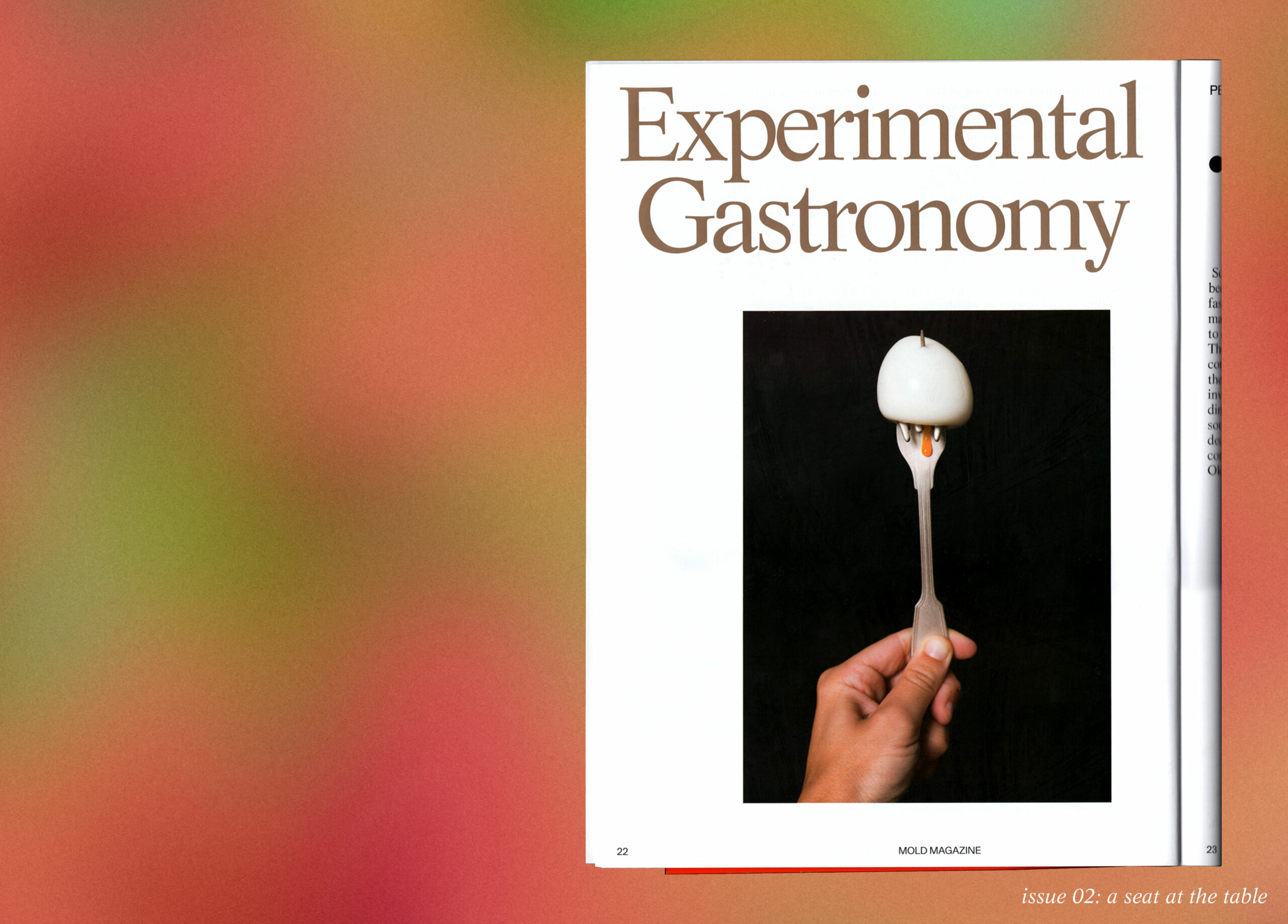This story is from the forthcoming print issue of MOLD magazine, Design for a New Earth. Pre-Order your copy here.
—“Orientation Score,” Jennifer MonsonStand with your feet on the ground and close your eyes. Notice any variations in the surface beneath your feet and how your body adjusts its weight to these differences. Notice where the weight is falling through your feet and the connection of the surface of your feet through the surface of your shoes to what is beneath you.
These words, or some variation on them, often start my experience of dancing. Before I can move, I have to be grounded, letting my weight fall into the earth so I have a foundation to push off from. This particular articulation comes from the “Orientation Score,” written by the choreographer Jennifer Monson as part of her project BIRD BRAIN: A Navigational Dance Project. Included in the book A Field Guide to iLANDING, scores for researching urban ecologies, this series of guided prompts has grounded me many times when I’ve been lost or confused. Moving from the land beneath me, I can then tune towards—what I’ve come to term a process of sensing and seeking other points, people and feelings.
—“Orientation Score,” Jennifer MonsonKeep your eyes closed and turn to face North. Open your eyes and discuss how you know which direction is North. Close your eyes again, and this time turn to face your home. Open your eyes and compare your various strategies for orienting yourself in this place.
My work with iLAND led me to edges and unexpected parts of New York City, teaching me how to orient differently. I started as a project manager with Jennifer Monson in the summer of 2013, as she was finishing work on Live Dancing Archive Volume I, an interdisciplinary project that considered how ecological dependency could be registered in movement, and how the body served as an archive for the multiplicity of those experiences throughout a lifetime. This work drew from Monson’s decade-long practice in dance and environmental research, and in particular her project BIRD BRAIN Osprey Migration, where she traced the bird’s migration route down the Atlantic coast to South America. Just as birds use their bodies as innate homing devices, Monson articulated her body as an orientation device—attuned through years of accrued movement through the world. This articulation of movement and experience as research, accumulated through feeling, was eye-opening to me. Instead of blindly following Google Maps or thumbing through books in a library, I began to use my body—that fickle, wet, bruised mass—as a sensing, intelligent instrument of knowing. I started, and continue to try and refine, my tuning and trusting of the body as a navigator.
Re-orient yourself in-between something natural and something constructed by humans, on that edge. That in-between line. One thing on the right, one on the left. Hold your arms out to your sides, one in the human world, a built thing, and one in the natural world, a grown thing.
—an ideal bungalow, Rashaun Mitchell + Silas Riener
In 2017, amidst filling water-bottles and answering audience questions, I watched Rashaun Mitchell + Silas Riener’s piece Desire Lines: Prismatic Park where, over the course of twelve hours in Manhattan’s Madison Square Park, they moved through a series of scores and improvisations. There were moments where dancers seamlessly blended into people milling through the park, eating Shake Shack and texting while walking, only to exuberantly burst into a frenzied swirl of jumps and running, surprising the passersby around them. Inspired by desire lines, a term used in landscape architecture to describe informal pathways carved within public space, Mitchell + Reiner consider how we craft pathways together and chart our ways through space. Drawing from gameplay, object accumulation and sound scores, they query the why and how of choice-making. This ongoing practice, called “desire lines,” has evolved over the last several years and recently iterated in a presentation at the Neighborhood Unitarian Universalist Church in Pasadena, which included a sound score for audience members—an ideal bungalow—that invited viewers to participate in the work. Supporting their practice as their general manager, I considered the unacknowledged ways we orient towards objects and people, choosing to traverse space on a predetermined path or cutting across the lawn.
– an ideal bungalow, Rashaun Mitchell + Silas RienerNow try and remember what you did, show it to someone else. A nugget, a seed, a phrase, a koan, an origami jewel box, a choreography. A known thing, a remembered, rememberable thing. A memory object, a movement object. So we together could KEEP the MOVING. Keep moving. Keep moving. Keep moving.
Being in relationship with artists Jennifer Monson and Rashaun Mitchell + Silas Riener, I have learned means of sensing, orienting and navigating. Their artistic practices, and our collaborations building relationships and crafting administrative support structures has made me keenly attuned to how I am oriented to the artist, how the artist is oriented to me, and the distance, temperature and terrain of the space between us. Similar to the tension needed between dancers improvising partnering, we have to develop a strong rapport to easily transition between leading and following, unison and solo. Tuning in to each other, and to ourselves, is a deft and detailed process that is continually rearticulated and refined.
—an ideal bungalow, Rashaun Mitchell + Silas RienerHere are some instructions from Origami, try them on like you were a house made of trees, or a piece of paper. Try to fold some part of yourself. UnFold. Crease. Fold, crease sharply. Bird base. Mountain fold, valley fold. Crimp fold, squash fold. Try to loop your pattern, Fold, unfold, lift and twist. Keep moving. Keep looping.
Orientation is constant. It’s less a noun than a fleeting sensation, a beam at the edge of the horizon that can’t be pinned down. It’s a seeking, an inclination, a feeling towards. In her 2006 book, Queer Phenomenology: Orientations, Objects, Others, Sara Ahmed defines orientation as “the point from which the world unfolds: the ‘here’ of the body and the ‘where’ of its dwelling.” What might it mean to recognize the work and the feeling of orientation, and to orient differently? Could we unfold the world, feeling its creases, flattening, refolding and crafting something altogether different?
